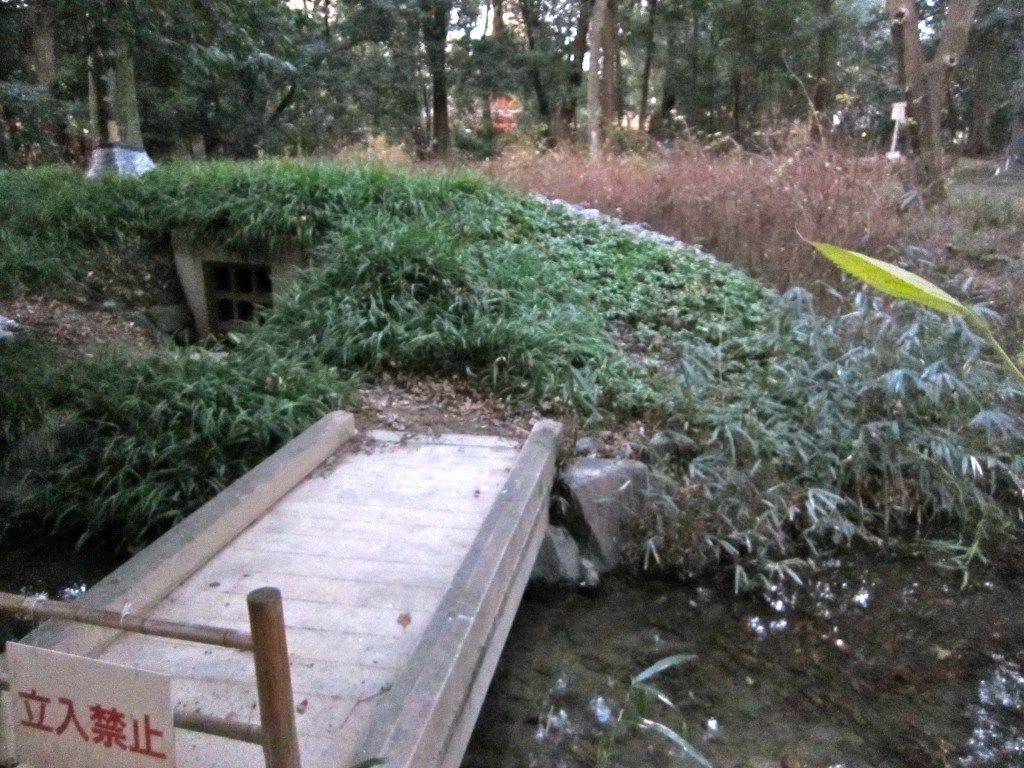Here in Kyoto the Earth is celebrating its name day with a strong wind and fierce rain. One way of keeping itself well watered of course…
I’m fortunate in living next to the celebrated sacred grove of Tadasu no mori (Redemption Wood) at Shimogamo Shrine. The forest measures 12 hectares in all and is a remnant of the original primeval forest that covered the Kyoto basin before the city was founded in 712. It is a National Historic site, a Natural Heritage site, and a U.N. World Cultural Heritage site. As such it’s been painstakingly documented, and it’s managed by a foundation which maintains a high profile in publicity terms.
The forest has rich literary and cultural associations. Many poems were written about it in Heian times, and it is mentioned in the Tale of Genji. But its most famous appearance is through a folded screen by Ogata Korin (1656-1716) of Red and White Plum Flowers.
Earth Day is something one feels that Shinto should be backing whole-heartedly as part of a wider movement to rebrand itself. It’s international rather than national. It’s environmental rather than political. It’s concerned with the future rather than the past. Not only Tadasu no mori, but every single shrine in Japan should today be celebrating the sacredness of the world we live in.
Nature-based religions like Shinto have the potential to help humanity reclaim respect towards the planet as the mother from which we all emerge. You’ll often see the Japanese flag flying at Shinto shrines: let us dream of a day when they’re replaced with Whole Earth flags. Let us hope that global concerns overcome the tribal. Let us celebrate our common heritage and what unites us rather than divides. Let us, in short, join together and have a happy Earth Day.

Tadasu no mori – bridge to another world


Leave a Reply